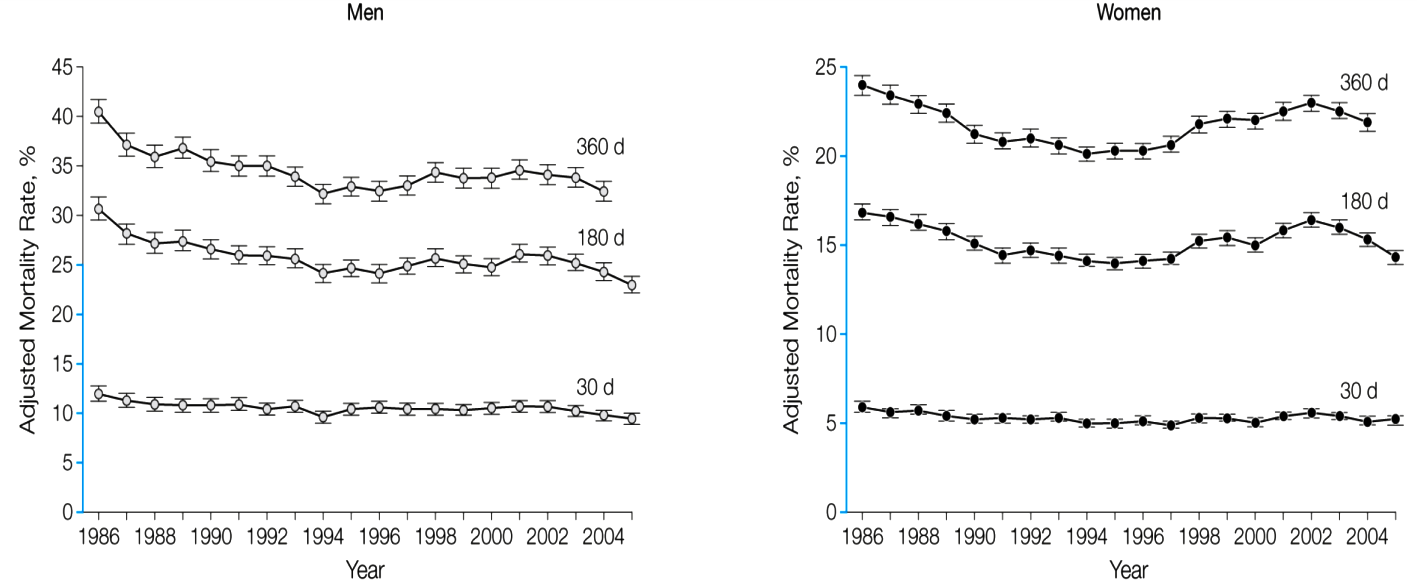Why the New MLR Rule Will Cause Higher Insurance Premiums
The [minimum Medical Loss Ratio (MLR)] rule will make it necessary for state regulators to require higher premiums. Why? Before the MLR rule came into effect, insurers could use reserves built up in low-claim years to pay claims in high-claim years, thus reducing premiums (averaged over multiple years) from what they would have been otherwise. Now, with the MLR rule in effect, in low-claim years insurers will have to pay higher rebates rather than accumulate more reserves. This means that premiums will, on average, have to be higher than they would have been otherwise — because insurers will have to pay more claims in high-claim years, without being able to accumulate as much reserve funding in low-claim years. Now, when a specific insurer has a low-claim year, they will end up paying rebates — including federal subsidy dollars — to their customers.
More from Robert Book.


